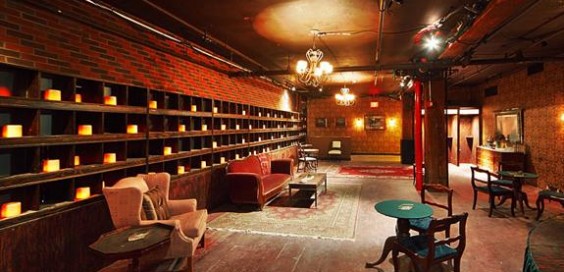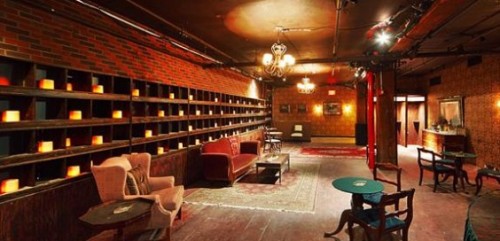The following first appeared in a 1916 book titled “Recollections of a Scene Painter”,  written by an E.T. Harvey. In this section, Harvey talks about the famous English actor William Macready, who dominated the stage from 1818 to 1851. We hear what the carpenters in Philadelphia did after the Astor Place Riots, and we witness what may be the birth of the spike mark.
Macready was before my time, but he had made extensive tours in the United States, and many stories were still in vogue about him. Edwin Forrest, when in England, met with some severe criticism, which he and his friends attributed to Macready’s jealousy. This is generally believed to be without foundation, but it caused a bitter feeling here and when Macready played in New York, the Astor House riots occurred [in 1849], and seventeen people were killed. The same thing was threatened in Philadelphia, when he played in the Arch Street Theatre. The second night the mob was expected to reach the stage, and the old stage carpenter, Charley Long, told me many years afterward, that it was arranged to turn out the lights and open up the sectional stage, which would have thrown the mob in the cellar. The men stood all ready to do this. The crisis, however, was averted by the coolness and courage of Macready himself. But it was said the big chandelier in front of the theatre was filled with missiles thrown at him.
Many stories were in vogue to show his exactness of method. A message delivered to him on the stage had to be given on a certain spot, and when the actor playing the messenger had failed several times at rehearsal, Macready had a mark put upon the stage where he should drop on his knees to deliver it. At night, it was said, the actor went groping all over the stage to find the mark.
An interesting thing that I believe to be true was pointed out to me at the St. Charles Theatre, New Orleans. (The St. Charles was the historic theatre of New Orleans). Near the prompter’s stand were a lot of jagged holes in the brick wall; these were said to have been made by Macready, with a dagger in each hand, to get himself in the nervous tremor as “Macbeth,” after he has killed “King Duncan.”
Original Publication: Harvey, E. T. Recollections of a Scene Painter. Cincinnati: W.A. Sorin, 1916. 29. Google Books, 15 Feb. 2008. Web. 5 Sept. 2012.


